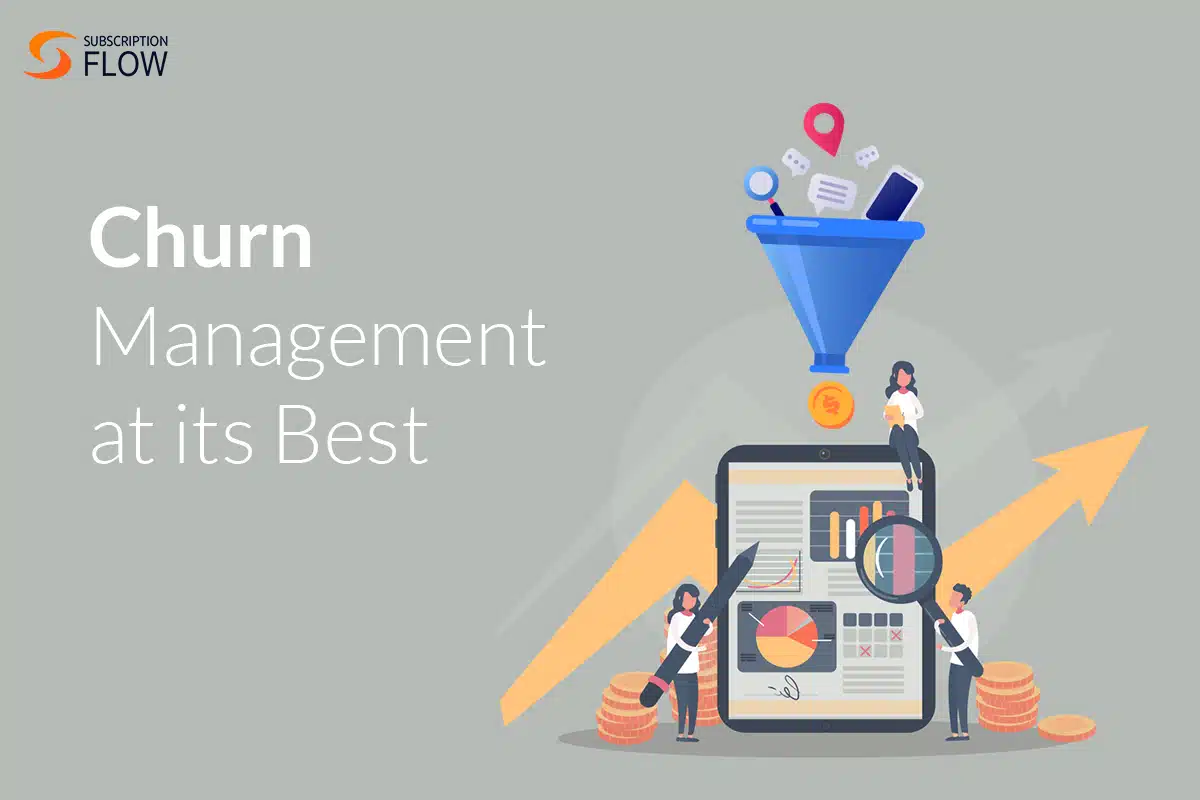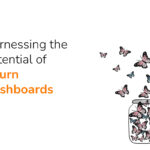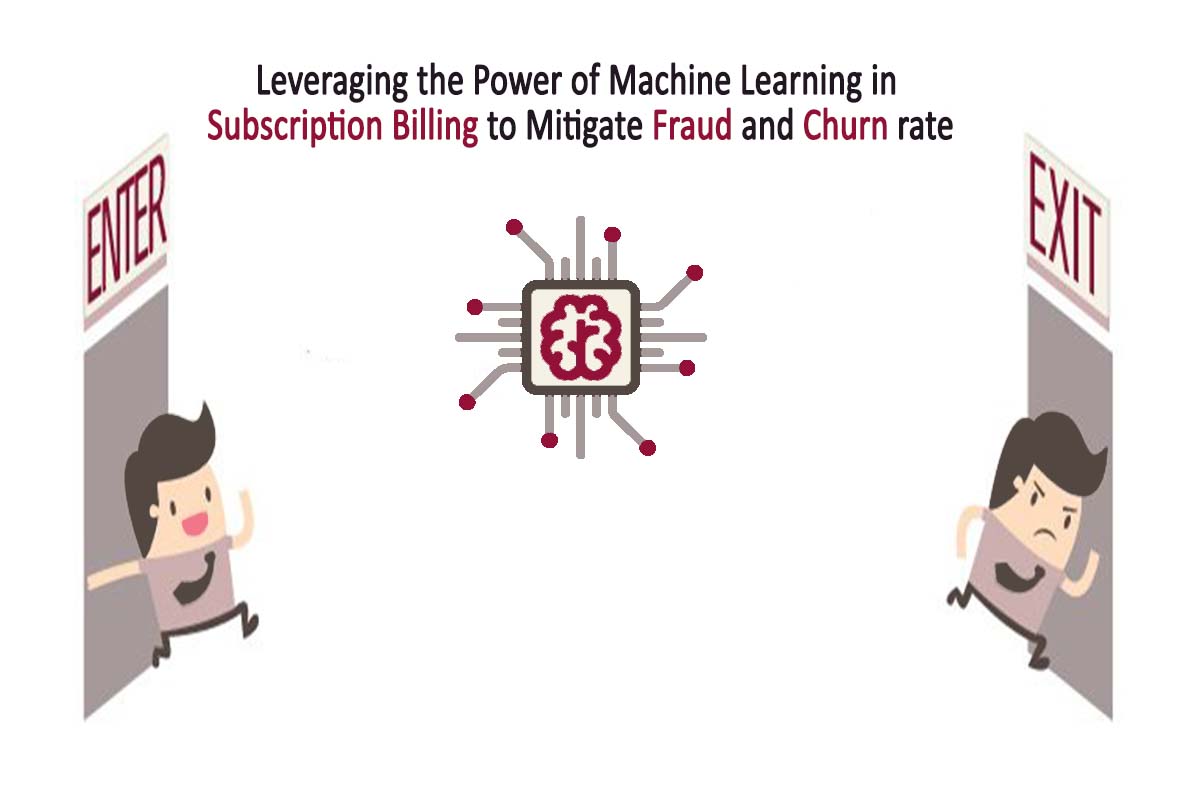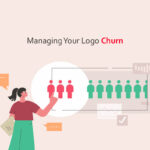
The Keys to Predicting, Preventing, & Destroying Churn
Churn. It’s the bane of every subscription business’s existence. And it’s not hard to see why.
Not only does churn represent a loss of revenue, but it also represents a loss of customers that you’ve invested time and resources into acquiring in the first place.
What’s more, the impact of churn can be even more significant when you consider that it costs five times as much to acquire a new customer than it does to keep an existing one.
Given all of this, it’s no wonder that reducing churn is a top priority for subscription businesses.
But the question remains: how exactly do you go about reducing churn?
Fortunately, there are several effective strategies that you can use to predict, prevent, and destroy churn in your business. We will also recommend the most effective churn management software of 2022.
Product Analytics Tools For Predicting Churn
One of the best ways to predict churn is to use product analytics tools. There are several different product analytics tools on the market, but some of the most popular include RetentionFlow, Mixpanel, Heap, and Amplitude.
These tools allow you to track how customers interact with your product or service. This data can then be used to identify patterns indicating that a customer is at risk of churning.
For example, if you notice that a customer is using your product less and less over time, it could indicate that they are no longer finding value in it.
Or if you notice that a customer frequently encounters errors when using your product, this could indicate that they are unhappy with its quality.
By identifying these patterns early, you can take steps to address the underlying issues before the customer decides to cancel their subscription.
Collecting User Feedback
Another effective way to predict churn is to collect user feedback.
There are several ways to collect user feedback, but some of the most popular methods include surveys, interviews, and focus groups.
Surveys are a great way to collect feedback from a large number of customers in a short period. They can gather data on various topics, including customer satisfaction, product usage, and feature requests. Interviews and focus groups provide a more in-depth look at customer feedback.
They can be used to gather data on a specific issue or concern and offer the opportunity to ask follow-up questions.
Both of these methods can be used to identify potential issues that could lead to customer churn.
For example, if you notice that a large number of customers are unhappy with your customer service, this is an indication that you need to make some changes. Or if you notice that a large number of customers are requesting a particular feature that you don’t currently offer, this is an indication that you should consider adding it.
By collecting user feedback regularly, you can stay up-to-date on the needs and concerns of your customers. It allows you to address any issues that could lead to customer churn before they can cancel their subscription.
The Jobs To Be Done Framework
The Jobs To Be Done (JTBD) framework is a powerful tool for understanding customer needs.
Clayton Christensen first developed the JTBD framework, which has since been used by some of the world’s most successful companies, including Airbnb, Dropbox, and Slack.
The premise of the JTBD framework is simple: customers don’t just buy products or services; they hire them to do a job.
For example, when you order a pizza, you’re not just buying a food product; you’re hiring it to do a job – in this case, satisfying your hunger.
By understanding the jobs that your customers are hiring your product or service to do, you can design it in a way that more effectively meets their needs. It, in turn, can reduce customer churn.
For example, if you know that your customers are hiring your product to save time, you can design it to make it easier and faster to use. Or if you know that your customers are hiring your product to save money, you can design it in a way that helps them to do so.
By understanding the jobs your customers are hiring your product or service to do, you can keep them satisfied for longer and reduce the risk of customer churn.
Conducting User Interviews
User interviews are a great way to collect customer needs and concerns data. When conducting user interviews, it’s essential to keep the following things in mind:
- Make sure that your questions are open-ended.
- Avoid leading or biased questions.
- Ask follow-up questions.
- Take detailed notes.
- Record the interview (with the participant’s permission).
By following these tips, you can ensure you’re getting the most out of your user interviews.
Conducting A Focus Group
Focus groups are similar to user interviews, but they involve a group of people instead of just one. Focus groups offer several advantages over user interviews, including the following:
- They allow you to gather data from a larger sample size.
- They provide the opportunity to observe nonverbal communication.
- They offer the opportunity to explore controversial topics in a safe environment.
- They allow you to hear multiple perspectives on the same issue.
Role Of Artificial Intelligence
Artificial intelligence (AI) is a rapidly growing field with the potential to transform businesses’ operations.
There are several different ways that AI can be used to reduce customer churn, but some of the most promising applications include predictive analytics and customer segmentation. Predictive analytics is a type of AI that uses data-driven models to predict future events.
For example, predictive analytics can be used to predict whether or not a customer is likely to cancel their subscription. By understanding which customers are at risk of churning, you can take steps to address the underlying issues before they have a chance to cancel.
Customer segmentation is another type of AI that can reduce customer churn. Customer segmentation is the process of dividing customers into groups based on shared characteristics.
For example, you might segment your customers based on their age, gender, location, or purchase history.
By understanding how your different customer segments interact with your product or service, you can design targeted retention strategies that are more likely to be successful.
For example, if you know that a particular customer segment is more likely to cancel their subscription, you can target them with special offers or discounts that will encourage them to stay.
Which Churn Management Software Should You Choose?
SubscriptionFlow is a retention, engagement, conversion, activation, and expansion platform that helps businesses to reduce customer churn.
SubscriptionFlow provides several features that are designed to do this, including predictive analytics, customer segmentation, and automated retention strategies.
Book a demo right now to see the benefits of the best churn-reduction software!










